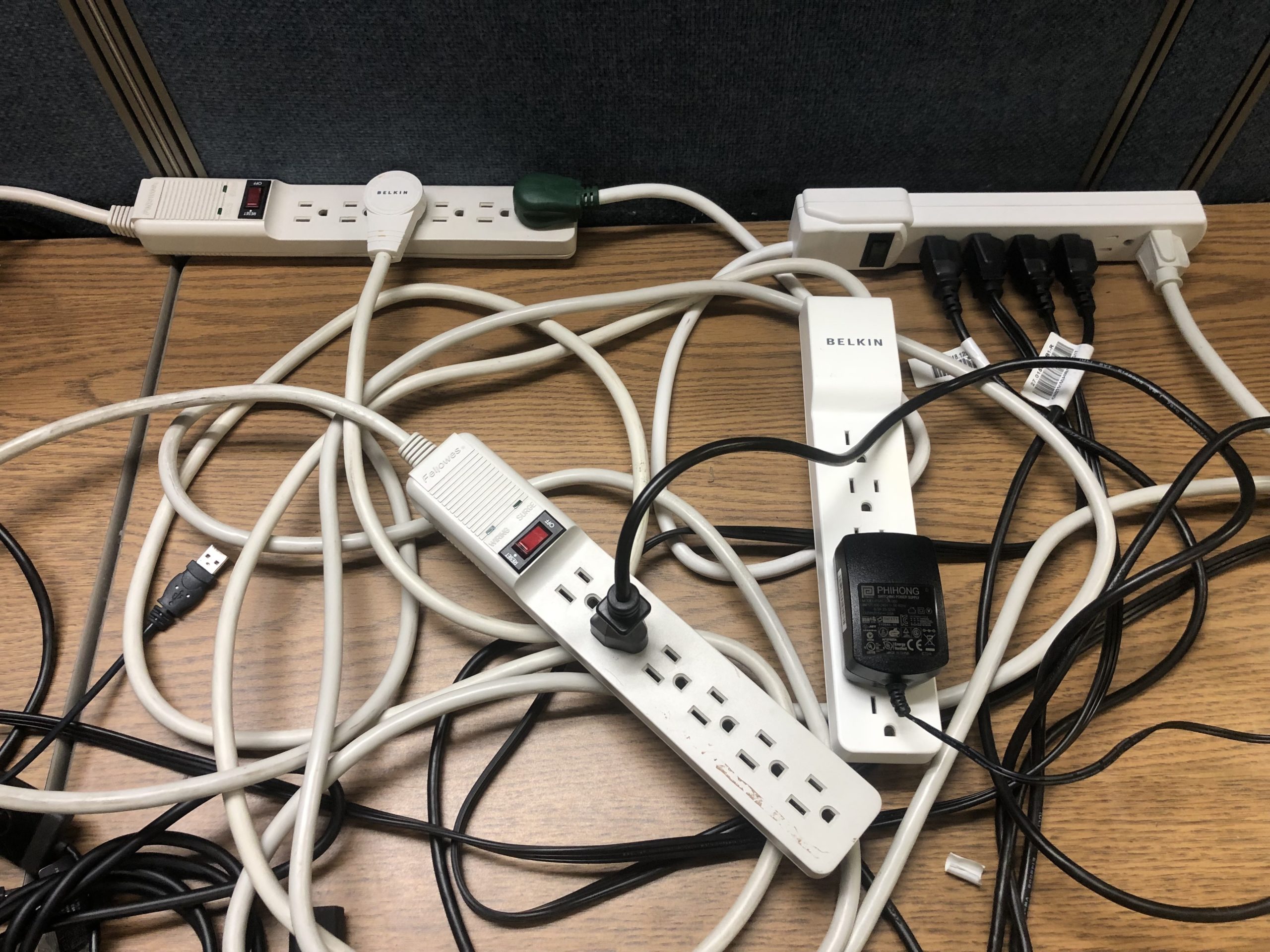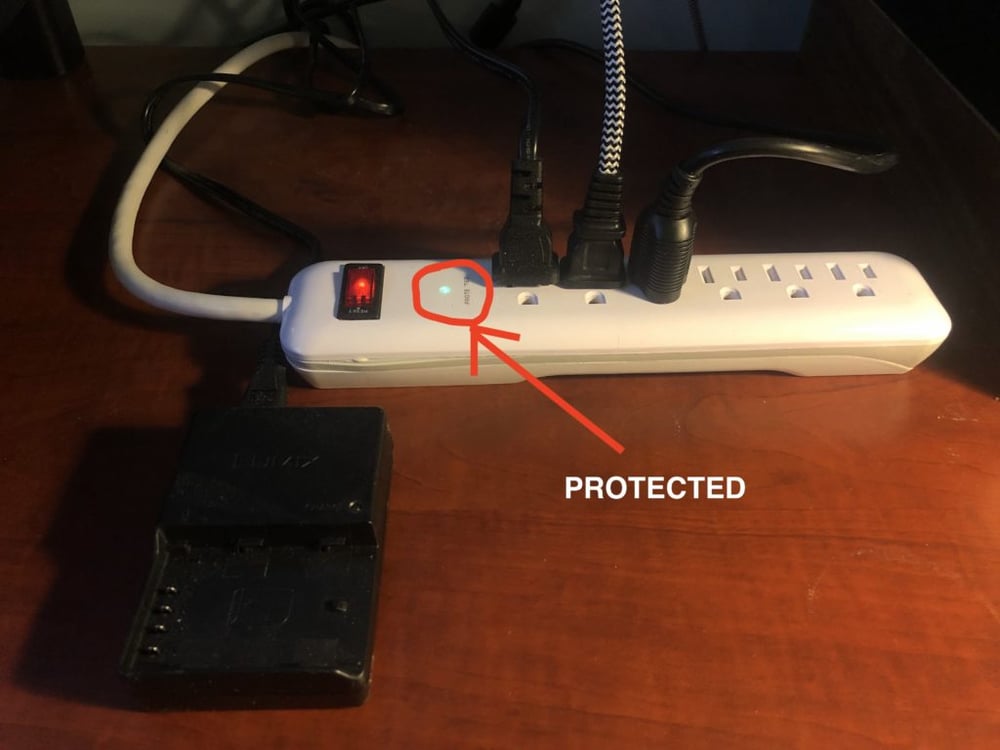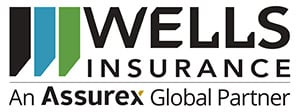Power Strip Fire Prevention

First and foremost, don’t ever plug a power strip into another power strip. We’ve all done it, we didn’t know it was bad, and if you’re surprised by this fact, then consider yourself lucky.
Referred to as Relocatable Power Taps (or RPT’s) by OSHA, power strips are generally meant to handle a light load of several electronics in the audio/visual category (ie Computer, phones, stereos, etc.). However, there are a lot things that you should never plug into a power strip, including another power strip or extension cord.
You may ask, “What’s wrong with “daisy chaining” (connecting multiple power strips in a row)?” Well, aside from potentially destroying your electronics, the reality is that in the United States alone, power strips and extension cords result in over 3000 home fires, 50 deaths, and 250 injuries annually. As much as insurance can help when a disaster like a home fire occurs, it can not replace family, or sentimental pieces of our lives. So with just an ounce of prevention, you can significantly reduce the chance of an electrical fire. We’ve provided a non-exhaustive list of cases in which you should or should not use a power strip. You should also always check to make sure you are in accordance with each individual manufacturers’ instructions, OSHA regulations, and/or a professional licensed electrician.
Is a power strip the same as a surge protector?
No. It’s kind of like saying a tree is a plant, but not all plants are trees. Surge protectors resemble power strips, but not all power strips are surge protectors. If you really want to protect your home equipment from a true power surge in the public electric grid or a lightning strike, you need a surge protector. Most power strips are just extensions off of a wall outlet with multiple plugs and an on/off switch. They do not protect your electronics! Surge protectors have specialized electronics in them to suppress and mitigate the surge. They contain what are called MOVs (Metal Oxide Varistors), which will short circuit preventing the surge from reaching your electronics. Newer surge protectors may even have a little light that indicates when you are being “Protected”.
Inversely, never plug a surge protector into a power strip due to the load capacity differences between the two. You will most certainly ruin both items, damage your electronics, and potentially cause an electrical fire.

Can I plug my power strip into a surge protector?
you can, but again, the surge protectors outlets can only handle a specific load and can’t handle too much current over a long period of time by things like heavy appliances or power tools. Power strips in general can’t handle that sort of demand. Overloading your surge protector by overloading your power strip can damage it, cause it to fail, burn it out, and/or cause fires. Your surge protector should give you a rating to let you know what kind of demand you can put it on.

Can I use my power strip outdoors?
No! Humidity and moisture, let alone rain and other elements can fry your electronics or potentially electrocute you. Some manufacturers do sell outdoor power strips, but make sure they are labeled and say specifically that they are rated for outdoor use.
Can I hide my power strips under a rug?
If you put a power strip under a rug or enclosed in a tight space, the heat generated from the flow of electrical current can build and cause a fire. There is also the potential for stepping on, tripping over, and damaging the plugs causing a shock and/or fire hazard.
Can I plug tools or appliances into a power strip?
Power tools and appliances as small as a space heater require incredibly large and/or sudden jolts of high amperage current when they kick on. Appliances with heating coils and compressors for cooling are especially notorious for pulling massive amounts of electricity (hence the spikes in your heating and cooling bills in the peaks of winter and summer, respectively). This includes small items such as hair dryers, curling irons, coffee makers, and space heaters, but extends to microwaves, blenders, slow cookers, refrigerators, and washing machines. If you notice the breaker in your electrical panel popping, you are definitely over taxing your system. Continuing to push your safety mechanisms can cause wires to melt and electrical fires to start. If your circuit breaker is having a rough time, then a power strip is certainly not appropriate for use.
Can I plug a power strip into an extension cord?
While this is technically possible, it is not recommended. If you’re not a professional electrician and not aware of/able to understand power ratings and do the math required to prevent overloading the outlet or extension cord, don’t tempt fate. Only plug power strips directly into a wall outlet. Also, always make sure the extension cord you are using matches the rating of your power tools, appliances or hardware, otherwise you can damage them or burn up the extension cord.
Better safe than sorry!
If you are ever unsure of what you can or can not plug into power strips, outlets, surge protectors, etc. always refer to a professional licensed electrician. If you need work done on your circuit breakers or electrical box, call a professional licensed electrician. If you have questions about home and/fire insurance, reach out to us here at Wells.
910.762.8551


